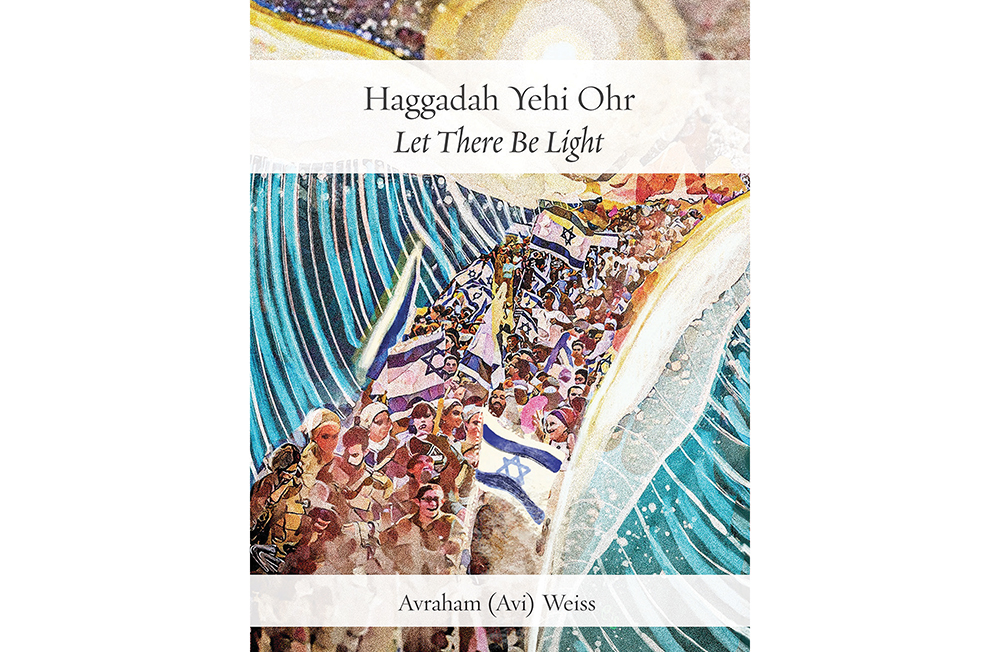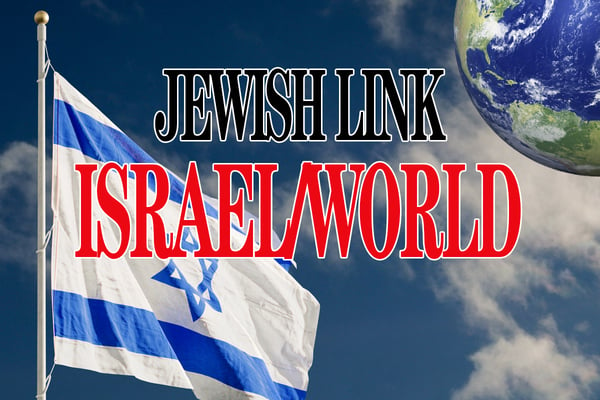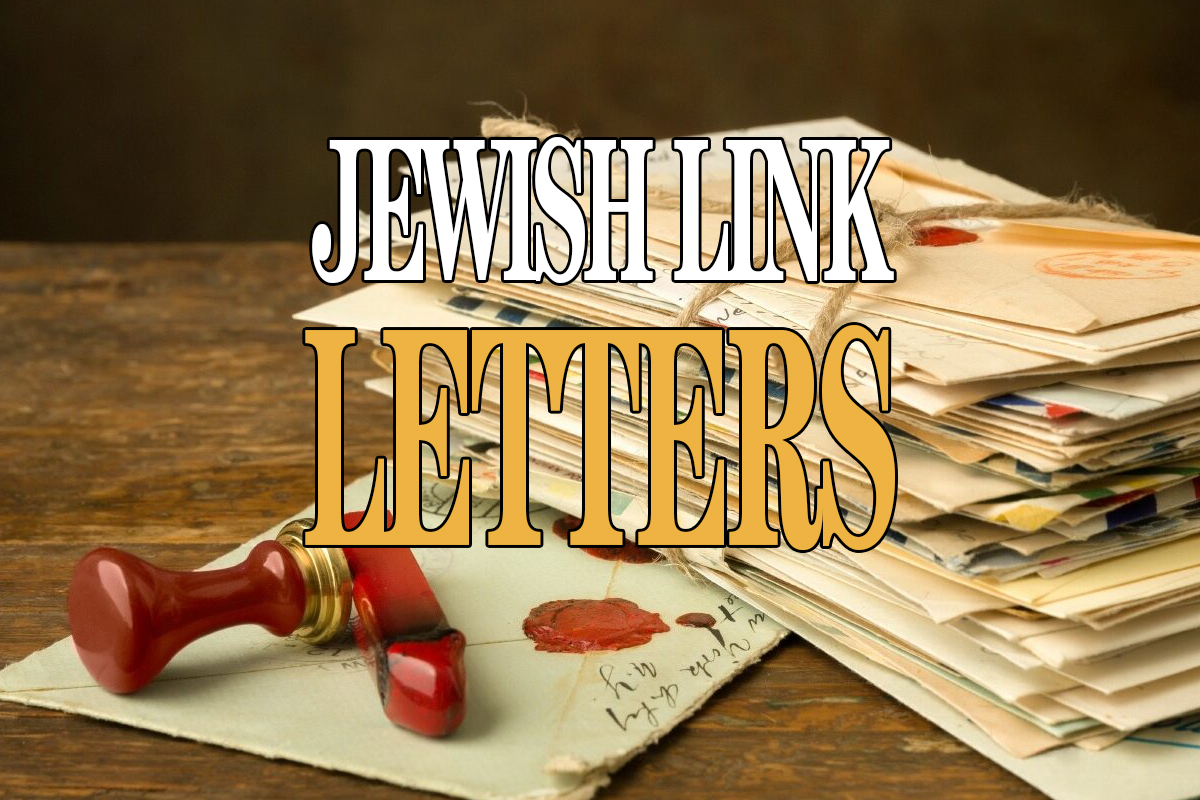
Excerpting: “Haggadah Yehi Ohr” by Rabbi Avraham (Avi) Weiss. Ben Yehuda Press. 2025. 268 pages. ISBN-10: 1963475437.
The Children’s Haggadah
(Courtesy of Ben Yehuda Press) The Seder follows a formula of “double ritual.” What we normally do once before the Shabbat or festive meal, we do twice before the Seder meal. And so, before eating, we drink wine twice, we wash hands twice, we dip twice, we break matzah twice and we even review the history of the Exodus twice.
The Talmud records that the rituals performed at the outset of the Seder are meant to inspire children to ask questions. Recognizing that youngsters may not be able to stay awake into the night and also may not be able to follow the intricacies of the Haggadah narrative, “child friendly” rituals and the Ma Nishtana questions were developed. Every step is repeated for adult consumption—in more depth and length—as the Seder moves along.
Yachatz and the Dual Meanings of Matzah
Virtually all Seder symbols represent either slavery or freedom. Bitter herbs, for example, remind us of the bitterness of servitude; wine and reclining on a pillow, on the other hand, remind us of the joy and comforts of freedom.
Matzah is unique amongst the Seder symbols in that it represents both. It was the flat, cheap bread we ate in Egypt as slaves; and it was the food we ate when taking leave of Egypt. Thus, the matzah is a microcosm of the Passover story—from slavery to freedom.
In truth, that story has been repeated throughout history. Persecution after persecution pointed to our inevitable demise, but, somehow, we prevailed.
And so, we break the middle matzah. One half remains on the table as we tell the story of our past victory in Egypt—doing so before the Seder meal. The other is set aside to be the last food we eat at the meal, which sets the stage for our expressing the hope for future ultimate redemption, the subject matter of the Haggadah after the Seder meal. Note that the Hebrew term for Egypt, Mitzrayim, comes from the word meitzar, distress, and is in the plural form, alluding to the many “Egypts” we would face throughout history as a nation (as well as in our personal lives).
Not surprisingly, the larger piece (no matzah can be perfectly split) is the one designated for later (afikoman), as the future redemption will be greater—more significant—than any of our past redemptions, even the Exodus from Egypt.
Within the Yachatz, we spell out the structure of the Haggadah. Before the meal, we immerse ourselves in the past. After the meal, we immerse ourselves in the future. The meal, as explicated later, may symbolize the present.
With a Mighty Hand … and With an Outstretched Arm … and With Great Awe
An alternative interpretation may be considered that reads the end of this verse in a way that goes beyond the Egypt story. Note that the Haggadah defines the first three phrases as “pestilence,” “sword” and “God’s revelation.” There is an event going back to the days of King David hundreds of years after the exodus from Egypt, that deals with this progression (Samuel 2, 24). After David mistakenly counts Israel, God punishes King David and Am Yisrael with pestilence. Matters become worse when an angel is seen stretching a sword over Jerusalem, bent on its destruction. At the last moment, “God reveals Himself” by interceding and stopping the imminent attack, saving Jerusalem. Soon after, King David purchases Jerusalem. On its face, the story is similar to the Akeidah, the binding of Isaac. There, Abraham stretches out his knife to kill his son, only to have an angel of God intervene at the last moment. Soon after, Abraham purchases the holy city of Chevron. Both narratives are followed with parallel phrases—Abraham (Genesis) and David (Kings 1) grew old, becoming preoccupied with matters related to their successor; in Abraham’s case, the marriage of Isaac, in David’s case, the king who would follow his rulership.
And With Wonders
Even as God steps in, it is only a matter of time until savage enemies attempt to attack, destroy and annihilate the Jewish people. For me, the imagery of the Haggadah with its support text explicating “wonders” as “blood and fire and a pillar of smoke,” may evoke remembrances of the Holocaust, when our blood was spilled as our lives were taken in gas chambers, leading to our being cast into the oven fire with its accompanying smoke. Just a few years after the Shoah, a wondrous intervention—with God’s help, the state of Israel was born. Here, God no longer acts unilaterally. Having matured as a people, we are expected to partner with God to realize the dream of the Jewish state.
Thus, “blood,” “fire” and “smoke” may represent in a dramatically different way, the battles Israel fought and continues to fight to defend itself. As God through the prophet Joel declared: “On that day, (I shall lay waste the enemy) … because of the innocent Jewish blood they spilled … But Judah shall be forever settled, Jerusalem to the end of time,” (4:18-20).
From this perspective, the spilling of wine from the Seder cup as we call out “blood, and fire and a pillar of smoke,” may symbolize for our generation the spilling of Jewish blood when we were victimized during the Shoah, and the spilling of blood over the years as thousands of soldiers and victims of terror gave and lost their lives for Israel.
Reprinted from Haggadah Yehi Ohr by Rabbi Avraham Weiss with permission from the copyright holder, Ben Yehuda Press.








